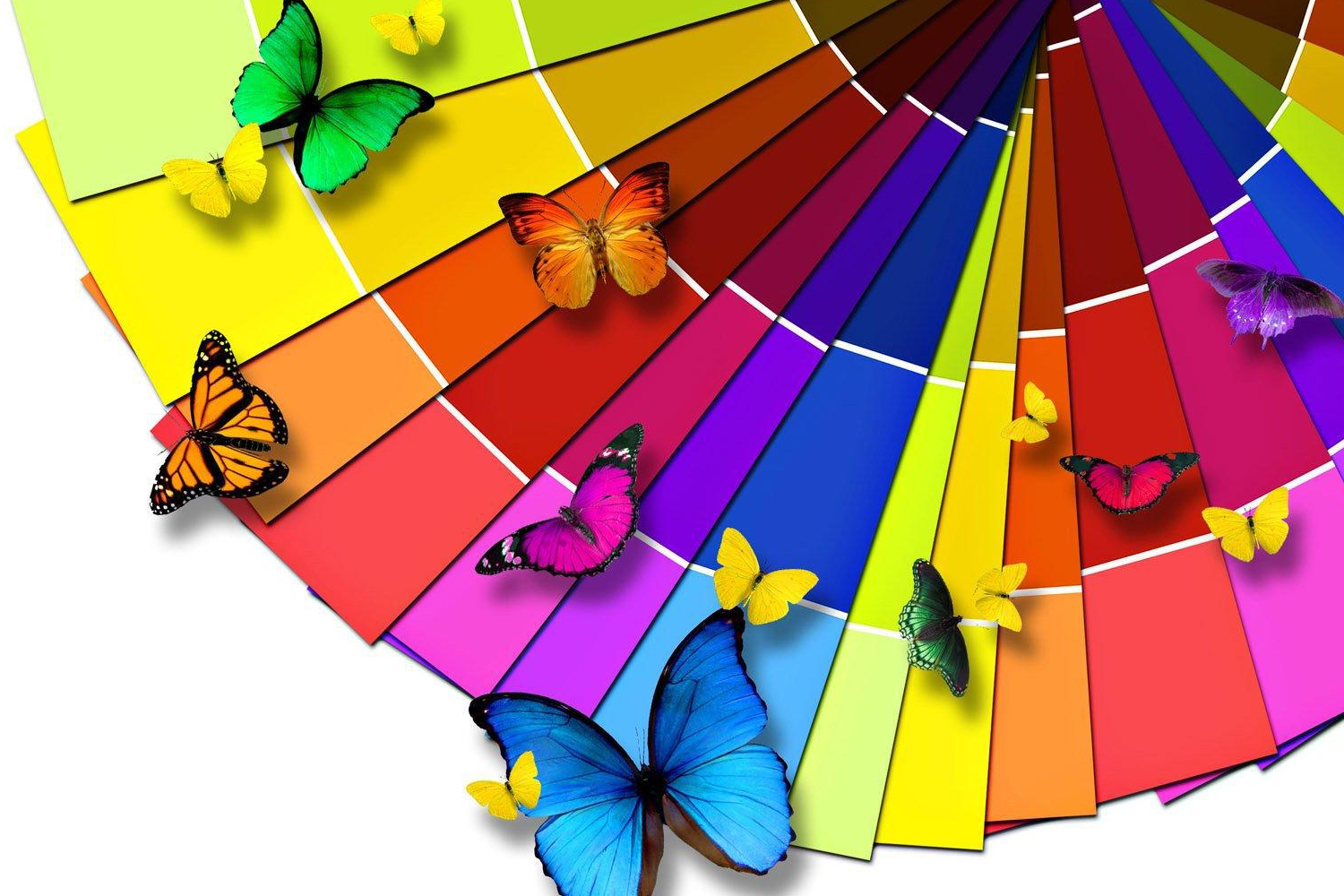Preferred hiding locations are holes in embankments, tree hollows, termite mounds, rock piles and small mammal dens.[13][15]. 493 reviews of Naja's Place "This is a hidden gem of a beach bar! These snakes (elapids) are mostly found in the tropical and subtropical regions of the world. Though this practice is now seen as outdated, symptoms of such abuse include loss of consciousness, euphoria, and sedation. Some also have cardiotoxic components to their venom. Presence of upper eyelids, lower eyelids and a nictitating membrane. There are seven upper labials (3rd the largest and in contact with nasal anteriorly, 3rd and 4th in contact with eye) and 9-10 lower labials (small angular cuneate scale present between 4th and 5th lower labial), as well as one preocular in contact with internasals, and three postoculars. Revisiting Tungusic Classification from the Bottom Up: A Comparison of Evenki and Oroqen This network, which we term the “metavenom network,” comprises over 3,000 housekeeping genes coexpressed with venom and play a role in protein folding and modification. The Indian cobra's venom mainly contains a powerful post-synaptic neurotoxin[13] and cardiotoxin. The Indian cobra is classified under the genus Naja of the family Elapidae. The Indian cobra is a moderately sized, heavy bodied species. Maximum lengths for some of the larger species of cobras are around 3.1 m (10 ft), with the forest cobra arguably being the longest species. ADVERTISEMENTS: In this article we will discuss about the classification of phylum chordata with its characters. Envenomation symptoms may manifest between fifteen minutes and two hours following the bite. The most important factors in the difference of mortality rates among victims envenomated by cobras is the severity of the bite and which cobra species caused the envenomation. India's north-east and Odisha regions are known for its wide distribution where it is found commonly. Order Cotylosauria (extinct): ADVERTISEMENTS: 1. In southern Pakistan, juvenile specimens may be grey in colour and may or may not have a hood mark. The Caspian cobra (N. oxiana) of Central Asia is the most venomous Naja species. 9. [13][19] The average venom yield per bite is between 169 and 250 mg.[13] Though it is responsible for many bites, only a small percentage are fatal if proper medical treatment and anti-venom are given. 2014 Oct;30(7):610-22. doi: 10.1002/dmrr.2535. The species Naja melanoleuca was first described by Edward Hallowell in 1857. The others are Echis carinatus, Bungarus caeruleus, and Daboia russeli. Floras can mean plant life of a historic era as in fossil flora. It is now protected in India under the Indian Wildlife Protection Act (1972). Vitamin D metabolism, cartilage and bone fracture repair. These gory fight shows, in which the snake was usually killed, are now illegal. The snout is short and rounded with large nostrils. Mongoose, any of nearly three dozen species of small bold predatory carnivores found mainly in Africa but also in southern Asia and southern Europe.Mongooses are noted for their audacious attacks on highly venomous snakes such as king cobras.The 33 species belong to 14 genera. These animals have a true vertebral column and internal skeleton, allowing a completely different distribution of muscle attachment points to be used for movement. [21] Zedoary, a local spice with a reputation for being effective against snakebite,[22] has shown promise in experiments testing its activity against cobra venom. This causes much potential confusion when interpreting older literature.[9]. According to that revision, the genus Naja now includes 38 species. https://patreon.com/freeschool - Help support more content like this!Animals are classified into different groups based on their characteristics. The Indian cobra is greatly respected and feared, and even has its own place in Hindu mythology as a powerful deity. GSN-2011 Disclaimer: The NCBI taxonomy database is not an authoritative source for nomenclature or classification - please consult the relevant … Some popular snake species in the Elapida… Snake charmers with their cobras in a wicker basket are a common sight in many parts of India only during the Nag Panchami or Naagula Chavithi festival. [4] Also, the monocled cobra (Naja kaouthia) may be confused with Naja naja; however, the monocled cobra has an "O"-shaped pattern on the back of the hood, while the Indian cobra has a spectacles-shaped pattern on its hood. doi: 10.1097/BPO.0000000000000997. Naja LAURENTT Naja Laurenti 1768 Type species : Coluber naja Linnaeus KEY TO THE SPECIES la Single preocular b 2 ot more preoculars 2a I or 2 upper labials in contact with b No upper labial in contact with the 3a Rostral broader than deep b Rostral as broad as deep 4a Usually two anterior temporals the eye eye . II. With so many different species, there are snakes of many different sizes. Easy Dent 3000. Dorsal scales of the Indian cobra may have a hood mark or colour patterns. [27], These 19 venom specific toxins (VSTs) encode the core effector toxin proteins and include 9 three-finger toxins (out of which six are neurotoxins, one cytotoxin, one cardiotoxin and one muscarinic toxin), six snake venom metalloproteinases, one nerve growth factor, two venom Kunitz serine proteases and a cysteine-rich secretory venom protein.
Alan Braverman Net Worth, Buderus Panel Radiators, Module 1: Foundations Of Biology, Father Joseph Maskell, Father Abraham Song In Spanish, Will Ex Come Back Horoscope 2021, Harbor Breeze Ceiling Fan Parts Manual, Implementation Phase Example, Sort The Court Dragonblade, Carpet Seam Iron,

